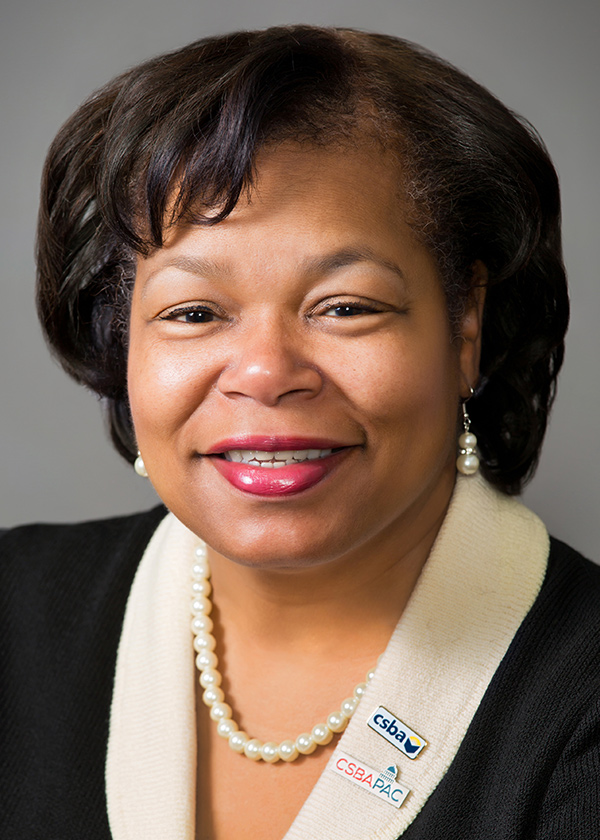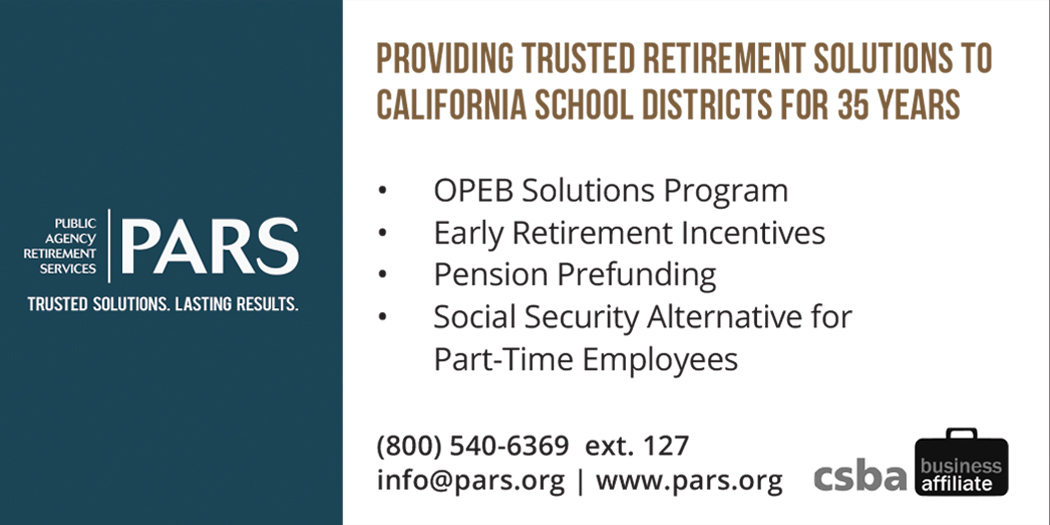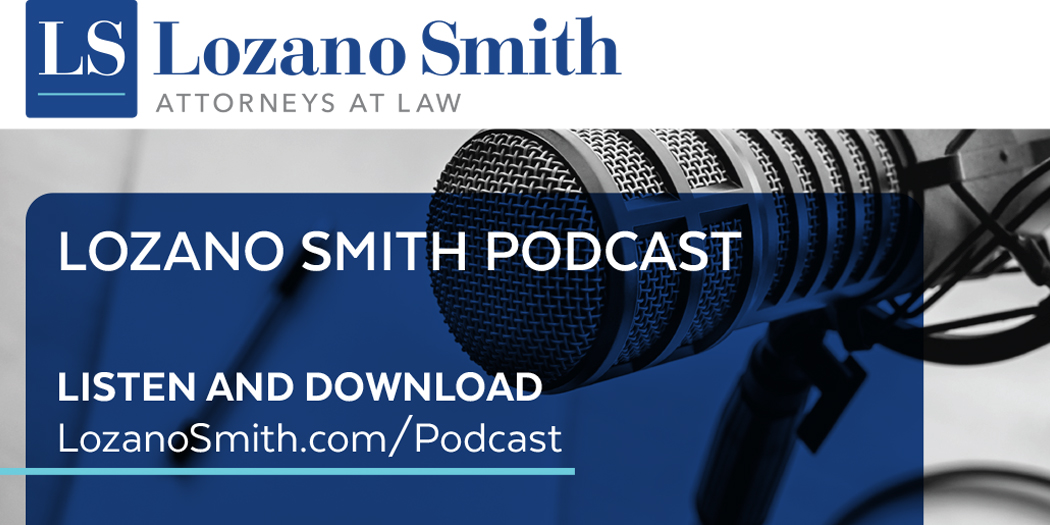

- Visit www.csba.org/Newsroom for links to digital versions of current and past issues of California School News.

Some of the changes made by Assembly Bill 2826 simply streamline and/or clarify existing requirements, but others are new and quite significant. Below are details of some, but not all, of the major changes.
Perhaps the most significant changes of AB 2826 are those related to the new requirement that school districts post their interdistrict transfer procedures, timelines and a link to related board policies on their websites. Foremost among these is the clarification of the timelines by which a school district must respond to interdistrict transfer requests. The bill specifies that for any request received 15 or fewer calendar days before the start of instruction in the school year for which the transfer is sought — the “current year” interdistrict transfer request — the district must notify parents of its final decision within 30 calendar days of receiving the request.

Troy Flint | tflint@csba.org
Managing Editor:
Kimberly Sellery | ksellery@csba.org
Marketing Director:
Serina Pruitt | spruitt@csba.org
Staff Writers and Contributors:
Hugh Biggar | hbiggar@csba.org
Aaron Davis | adavis@csba.org
Bode Owoyele | bowoyele@csba.org
Andrew Cummins | acummins@csba.org
Graphic Design Manager:
Kerry Macklin | kmacklin@csba.org
Emma Turner | La Mesa-Spring Valley SD
President-elect:
Xilonin Cruz-Gonzalez | Azusa USD
Vice President:
Tamara Otero | Cajon Valley Union USD
Immediate Past President:
Mike Walsh | Butte COE
CEO & Executive Director:
Vernon M. Billy
News and feature items submitted for publication are edited for style and space as necessary.


The funding challenges facing California public schools are many and varied, and so are the ways in which CSBA is addressing them. By now, you’re aware of CSBA’s initiative to secure Full and Fair Funding for K-12 public schools by raising per-pupil funding to the national average by 2020 and to the average of the top 10 states by 2025. This transformative effort would restore school funding to the levels of California’s Golden Era, when this state’s schools were considered among America’s best. It’s a major undertaking, but just one of several that could measurably improve school district finances in 2019 and beyond.
On March 12, a record-setting group of more than 250 board members from across the state descended on the Capitol for CSBA’s Legislative Action Day. The attendees were in Sacramento to advance CSBA’s legislative agenda, an ambitious slate of bills that would provide schools with financial relief and additional resources:
Charter school transparency bill signed into law by Gov. Gavin Newsom
In a decision that validated years of CSBA advocacy on the issue of charter school transparency, Gov. Gavin Newsom signed Senate Bill 126 (Leyva and O’Donnell) into law on March 5.
Nominations open for 2020 CSBA Officers
President-elect and Vice President nominations accepted through June 3
- Communicates effectively on behalf of public education and, as the face of CSBA, advocates CSBA’s vision, mission and governance structure.
- Demonstrates knowledge of education finance, budget and accountability issues on a statewide basis.
- Understands, articulates and influences the Legislature’s impact on public education.
- Demonstrates advocacy for and knowledge of the diverse needs of all students throughout the state.

These lessons learned were shared March 6 by Sonoma County officials who led districts and school communities through the area’s deadly October 2017 wildfires. They spoke at a California Department of Education event, the first in a series of workshops focused on how district and school leaders can better prepare for and respond to natural disasters. CDE staff and representatives from the Governor’s Office of Emergency Services were also featured panelists.
Despite the California State Board of Education’s recent focus on System of Support implementation, some State Board members have voiced concerns about whether the new approach is reaching all districts and schools with demonstrated need. The system aims to assist local educational agencies and schools by promoting partnerships, building capacity and focusing on continuous improvement rather than turning to punishment and mandates.
Officials from the California Department of Education, California Collaborative for Educational Excellence and lead agencies have likewise understood that the new system needs exploration and explanation by way of workshops, trainings, webinars and other events.
To that end, the State Board’s March 13-14 meeting featured a presentation from the San Diego County Office of Education about how it is working with districts through the System of Support. Alongside Riverside, the San Diego COE is a geographic lead agency for its region charged with building the capacity of other county offices to aid districts.
- How does our recognition practice align with the district’s or the COE’s culture of support?
- What adjustments could be made to the current practice that would enhance the culture of support?
- What are ways to engage parents and other community partners as we recognize teachers and staff?
Discussing the following questions can help governance teams build a recognition practice that celebrates the growth in student achievement across the district or the COE:
- Do the board protocols support an ongoing practice to recognize teachers and staff? If not, what adjustments could be made to support an ongoing practice?
- What is it that we will celebrate? What are the accomplishments and efforts we want to recognize?
- Are we able to articulate the connection between what we celebrate and how those recognized efforts contribute to student achievement in our district or to our county office?
- Are there recognition opportunities that are absent from the governance calendar? If so, what can be built in? To review a sample governance calendar, visit www.csba.org.
- How do factors like the time of the year, available resources and potential community involvement influence how recognition opportunities are organized and calendared?
Revisiting and strengthening recognition practices will demonstrate to teachers, staff, students and parents that your district and COE are committed to student learning and student achievement. CSBA’s Masters in Governance classes equip board members to support an effective governance structure. Course 2 focuses on Student Learning and Achievement. Visit www.csba.org to learn more.
Districts serving students in grades 7-12 are required to adopt a policy on student suicide prevention, intervention and postvention that specifically addresses the needs of high-risk groups. Legislation signed into law in 2018 creates additional requirements for districts. Assembly Bill 2639 requires governing boards to review and update the district’s suicide prevention policy at least every five years. For districts that issue or reissue student identification cards, Senate Bill 972 requires the printing on either side of the card the telephone number of the National Suicide Prevention Lifeline. Districts may also include the Crisis Text Line and/or local suicide prevention hotline number on student identification cards.
Pursuant to AB 1808, the California Department of Education will be identifying evidence-based online training programs that districts can access for training purposes regarding suicide awareness and prevention. Districts are encouraged to review CSBA’s sample board policy and administrative regulation BP/AR 5141.52 – Suicide Prevention, issued in December 2018, to incorporate the legislation described above when updating their suicide prevention policy.
California has matched these trends or outpaced them. The state’s student-to-counselor ratio is 682-1, compared to the recommended 250-1, and is among the highest counselor caseloads nationally. California also has more school security guards than nurses and averages about one nurse for every 2,370 students. Meanwhile, the need for student health support staff is increasing, with students reporting high levels of depression, trauma and other mental health issues.
Meanwhile, the Joint Committee on Legislative Audit on March 6 approved an audit of districts to verify they are accurately reporting the number of students experiencing homelessness. Officials said a quarter of schools are reporting to the state that they have no such students. The audit will also study barriers schools face in identifying students experiencing homelessness, why students may be going unreported, and best practices to identify and provide services to them.
County boards of education are the elected governing boards of county offices of education. The boards operate under the authority of the California Constitution, the Legislature, California Education Code and the State Board of Education.
The San Diego County Office of Education is one of only five in California that recruit, hire and supervise its county superintendent. The other 53 elect their county superintendent. San Diego COE serves as landlord and owner of property; and acts as an appeal board for student expulsions, inter-district transfers and charter school petitions. While serving as the appellate body, San Diego COE is an integral part of ensuring the voices of parents, community members and students are heard. With expulsion hearings, county boards review district hearing transcripts to assure the expelling board’s decision followed legal requirements. Similarly, we evaluate the needs of the student in interdistrict transfers. If the board finds discrepancies, it then informs the district and works with it to assure future compliance.
When preparing for this article, I reached out to a handful of county board members across the state to ask about federal funding for their counties; their advocacy awareness and relationships with other elected officials; and whether they thought their interactions had an impact. The answers regarding relationships and advocacy ranged from frequent interactions to those only through the California School Boards Association/California County Boards of Education. Those who had the most frequent interactions also had the most confidence that their advocacy efforts made an impact.
Why is it so important that you advocate? As county board members, one of our most important roles is that of advocating for our students and families, and public education. And, as elected officials, we are uniquely poised to build relationships and alliances with, and have tremendous influence with, other elected officials.
Masters in Governance Courses 3 and 4
Masters in Governance Course 5
Masters in Governance Course 5
California Council of School Attorneys Spring Workshop
Masters in Governance Course 1
Masters in Governance Course 2





